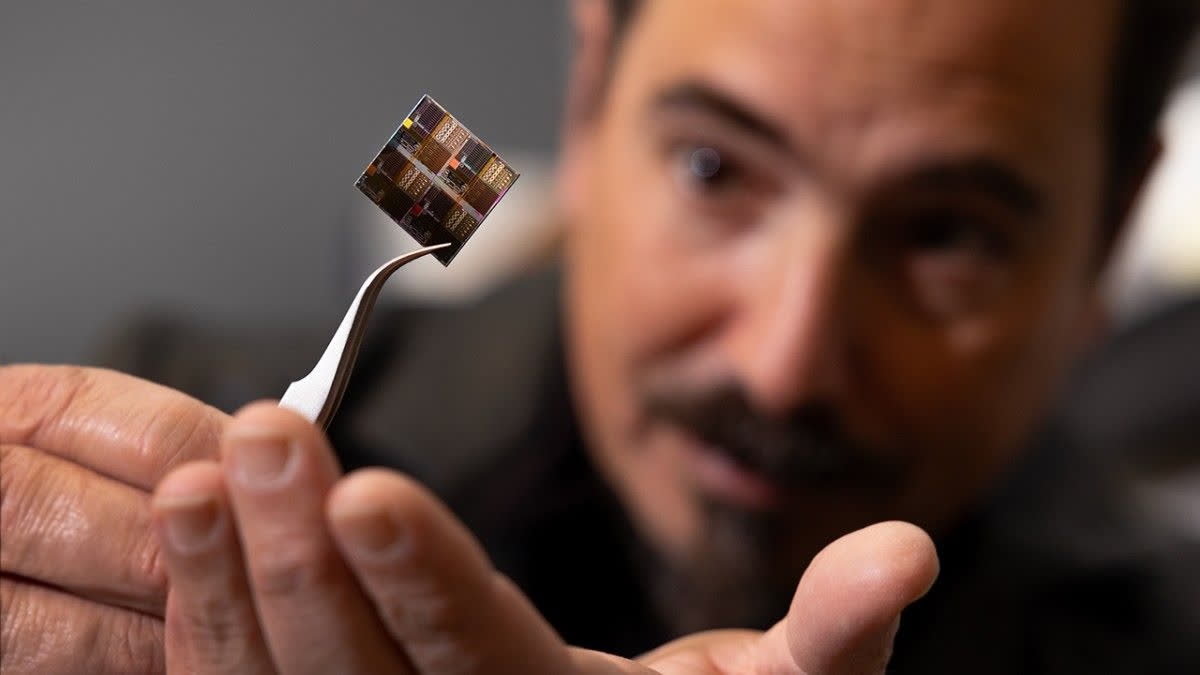Hyderabad: Cornell researchers in physics and engineering have developed the tiniest walking robot ever. Designed to interact with visible light waves and move on its own, it can navigate to precise locations, like within a tissue sample. This tiny robot can then capture images and measure forces at the scale of the body's smallest structures.
Paul McEuen, the John A Newman Professor of Physical Science Emeritus in the College of Arts and Sciences (A&S), mentioned that the walking robot, being small enough to interact with and shape light, effectively places a microscope’s lens directly into the microworld. He also noted that it can perform close-up imaging in ways that a regular microscope never could.
The paper titled “Magnetically Programmed Diffractive Robotics” was published on November 28 in Science, with Paul McEuen as the corresponding author. Conrad Smart from Cornell's Laboratory of Atomic and Solid State Physics (LASSP) and Tanner Pearson are the co-first authors of the study.
Cornell breaks its own record for the smallest robot
Cornell scientists, who already hold the world record for the smallest walking robot at 40-70 microns, have now developed even tinier diffractive robots measuring just 5 to 2 microns. According to Professor Itai Cohen, these new robots can be controlled through magnetic fields, allowing precise manipulation of their movements.
Diffractive robotics now links untethered robots with imaging techniques that use visible light diffraction. To achieve effective imaging, these robots must be of comparable size to the light's wavelength and capable of moving independently. The Cornell team has successfully met both of these requirements.
The robots, controlled by magnets in a pinching motion, can move like inchworms on solid surfaces and swim through fluids. This combination of manoeuvrability, flexibility, and sub-diffractive optical technology represents a major advancement in robotics, according to the researchers.
Co-author Francesco Monticone, associate professor of electrical and computer engineering at Cornell Engineering, expressed excitement about the convergence of micro-robotics and micro-optics. He highlighted that the miniaturisation of robotics now allows mechanical systems to interact with and shape light at a scale just a few wavelengths wide, which is a million times smaller than a meter.
To magnetically drive tiny robots, the team used hundreds of nanometer-scale magnets with equal volume but different shapes—long and thin, or short and stubby. This idea, suggested by physicist Jizhai Cui from Fudan University, allows the application of different magnetic field strengths to control the orientation of the magnets: a large field aligns all magnets, while a smaller field only flips the short, stubby ones.



